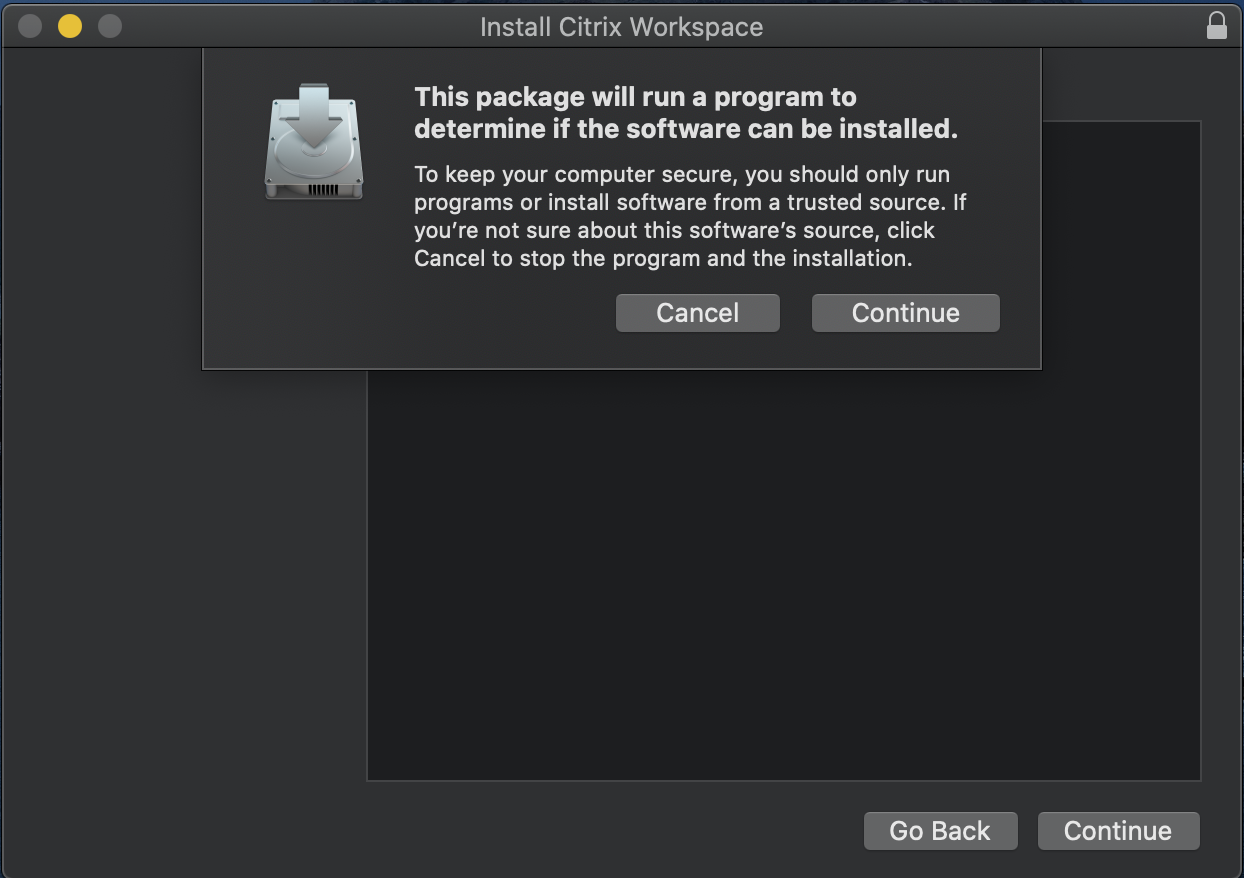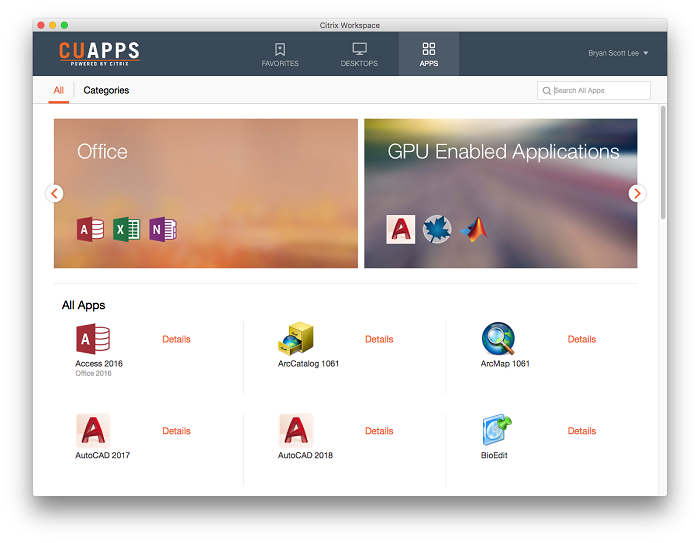

- #INSTALLING CITRIX ON A MAC HOW TO#
- #INSTALLING CITRIX ON A MAC MAC OS X#
- #INSTALLING CITRIX ON A MAC INSTALL#
- #INSTALLING CITRIX ON A MAC ARCHIVE#
After a little bit of thinking and I had knocked up some PowerShell: The PowerShell uses a variable called $foldername This evening (Sunday 28th October 2018) I have the pleasure of getting to see “You and AI” as part of the Manchester Science Festival 2018.

Over the weekend I was thinking about ways to check which users could access a folder, which lead me into wondering if a report could be run to show multiple folders and save the results. EDIT (OCT 2018): Receiver is now Workspace app see.
#INSTALLING CITRIX ON A MAC MAC OS X#
When Citrix Receiver has been installed on Mac OS X it places a Citrix Receiver icon in the system bar at the top of the screen: This icon allows the user access to Receiver (if you want to access directly to a Citrix store front rather than via a web browser), Preferences (controlling what Citrix can access locally when in a Citrix session, clear the Citrix Receiver cache), the option to check for updates and an option to Quit (close) Receiver. Apple Safari asked if I wanted to trust my organisation’s website to use the Citrix Receiver plug in. Again, only proceed with setting file associations, opening new applications or trusting a website to run a plug in if you are the owner/admin of the computer and trust the site! Clicking “Open” and “Open Citrix Receiver Launcher” opened Citrix Receiver. Google Chrome gave me a warning about opening Citrix Receiver for the first time and asking if I wanted to associate a file (Citrix Receiver uses.ica files) with Citrix Receiver. Now go back to your preferred web browser (again, I tested Apple Safari and Google Chrome) and navigate to your organisations Citrix portal web address. Close) the disk image, right click it and choose Eject “Citrix Receiver”. If I need to uninstall or reinstall a particular version of an application). Personally I am a fan of keeping the original (source) installation files in case of issues later on (i.e. Once the installer has finished it will ask if you wish to keep the disk image and package or if you want to move it to the trash. The installer warns that you are running an installation package proceed only if you are the owner/admin of the device and want Citrix Receiver. The “Uninstall Citrix Receiver” application uninstalls (removes) Citrix Receiver. Double click it to begin the installation. The “Install Citrix Receiver” file does exactly as you would expect it installs Citrix. This contains a.pkg (package) file and a.app (application) file.

Once downloaded and opened the dmg file should put a disk icon on your Mac desktop. First load up your preferred web browser (I’ve tested with both Apple Safari and Google Chrome) and browse to The current (as of May 9th 2018) download is Receiver version 12.9.1 and the download is dmg (disk mountable image) file that comes in at just under 50MB.
#INSTALLING CITRIX ON A MAC INSTALL#
I could not find Citrix Receiver on the Apple App Store on my Mac, so I had to install it via a download from Citrix. Today I will be taking a quick look at installing Citrix Receiver on Mac OS X (10.13, aka High Sierra). Let me give you the bad news first.Ĭitrix Receiver allows for Citrix connections to be made from lots of different types of devices, including devices running Microsoft Windows OS, Android OS, Apple iOS and the various Linux OS families.

#INSTALLING CITRIX ON A MAC HOW TO#
how to import mac mbox to outlook 2016 for mac So, technically speaking, you cannot import MBOX to Outlook 2016. Windows Outlook uses PST file, its proprietary file format, to store data.
#INSTALLING CITRIX ON A MAC ARCHIVE#
Mac Mail or Apple Mail cannot archive or backup data to PST file.


 0 kommentar(er)
0 kommentar(er)
